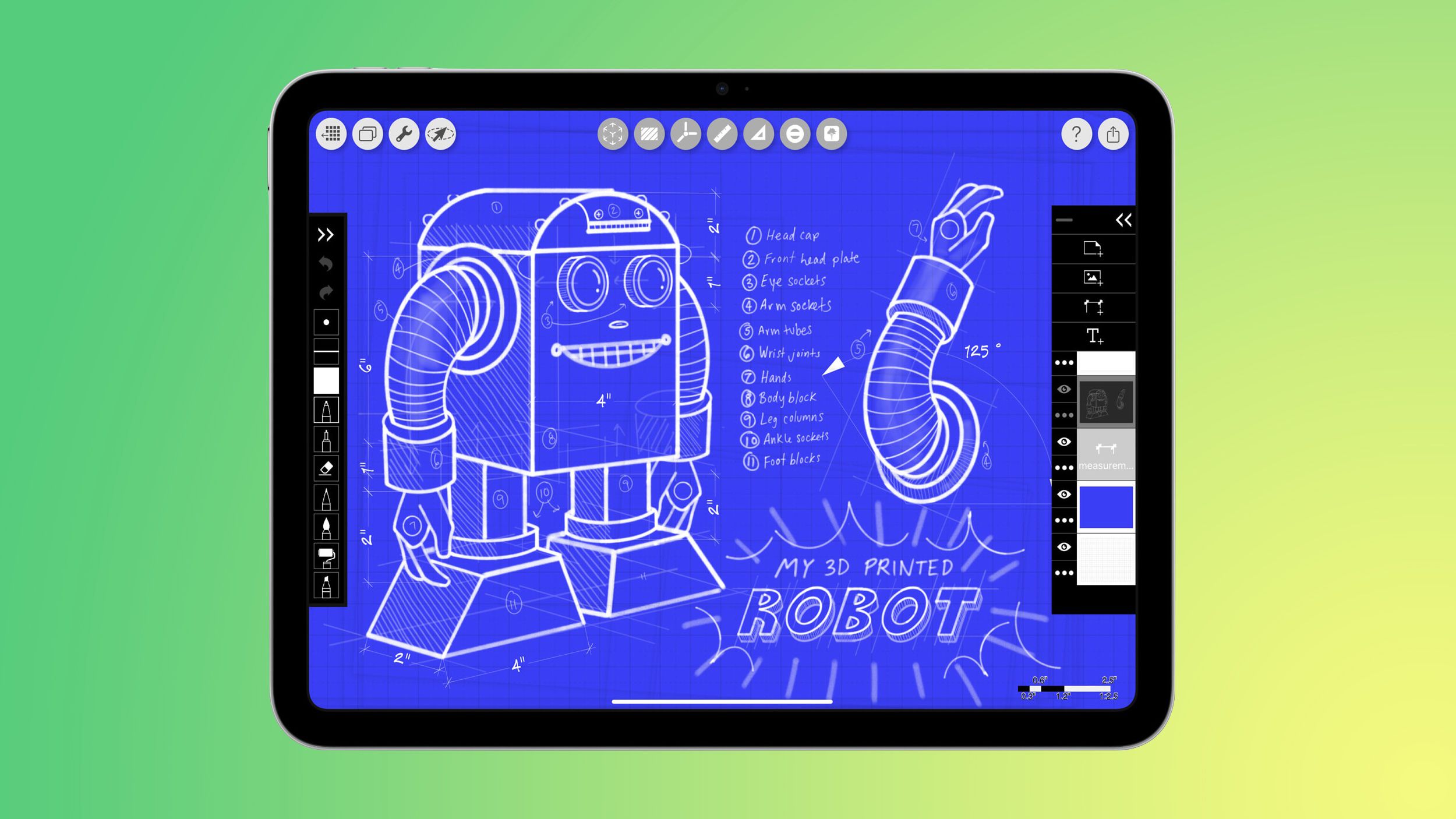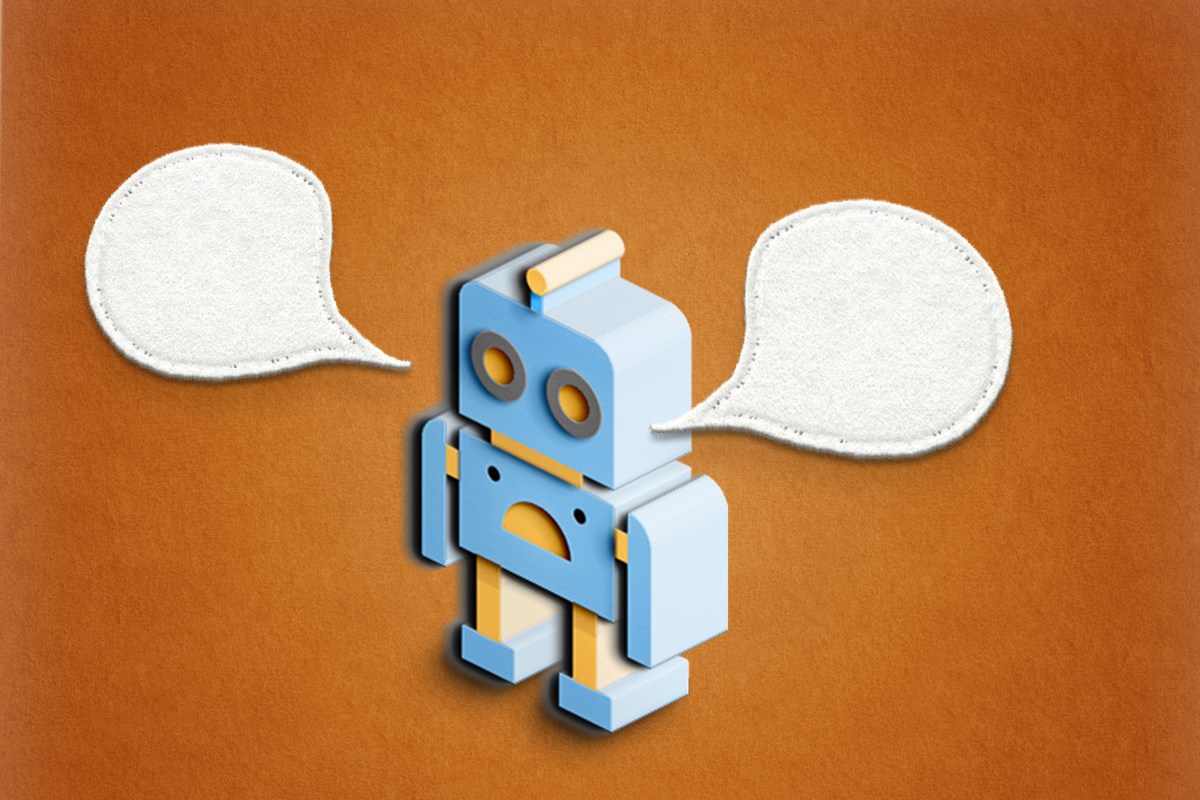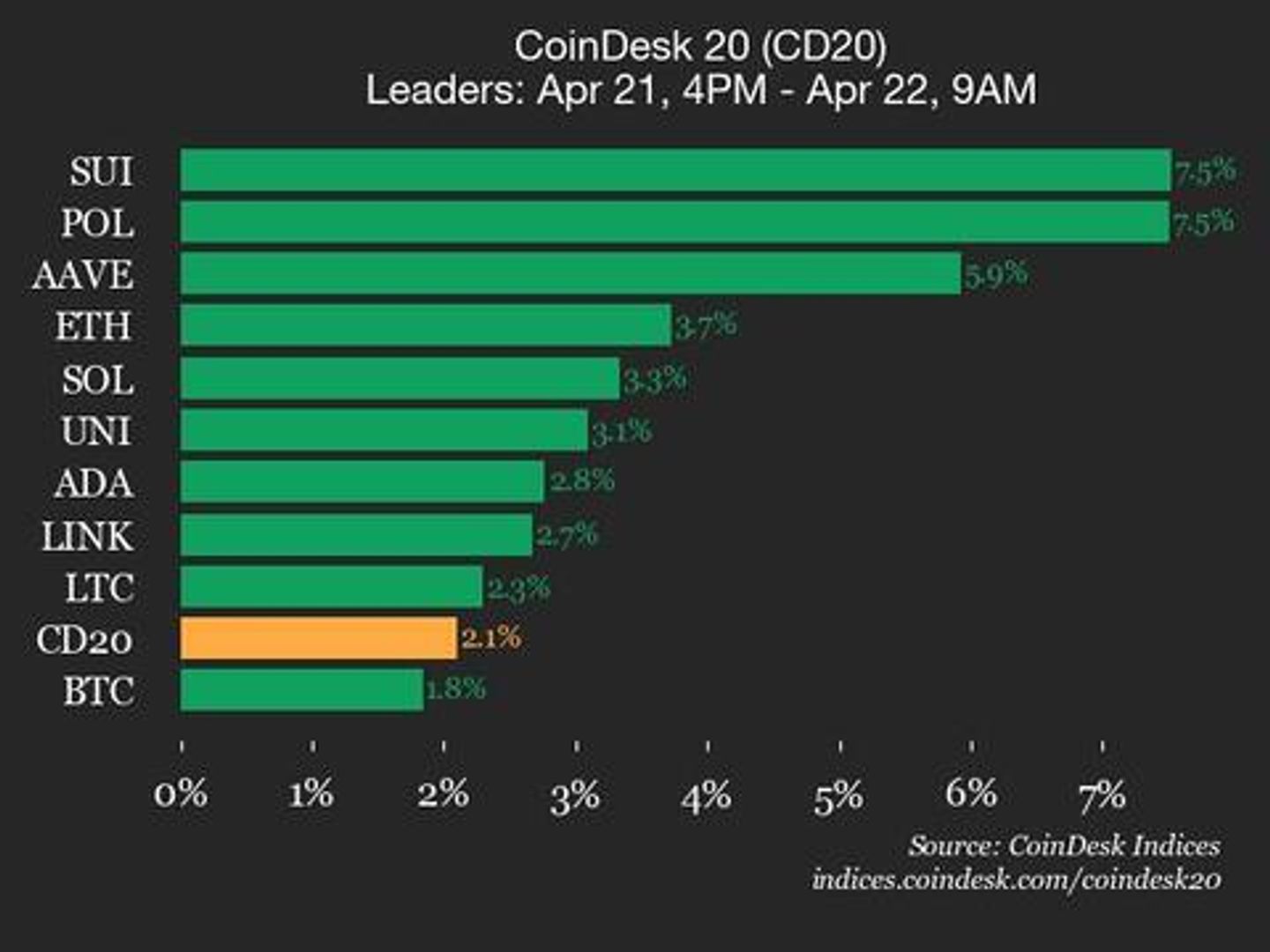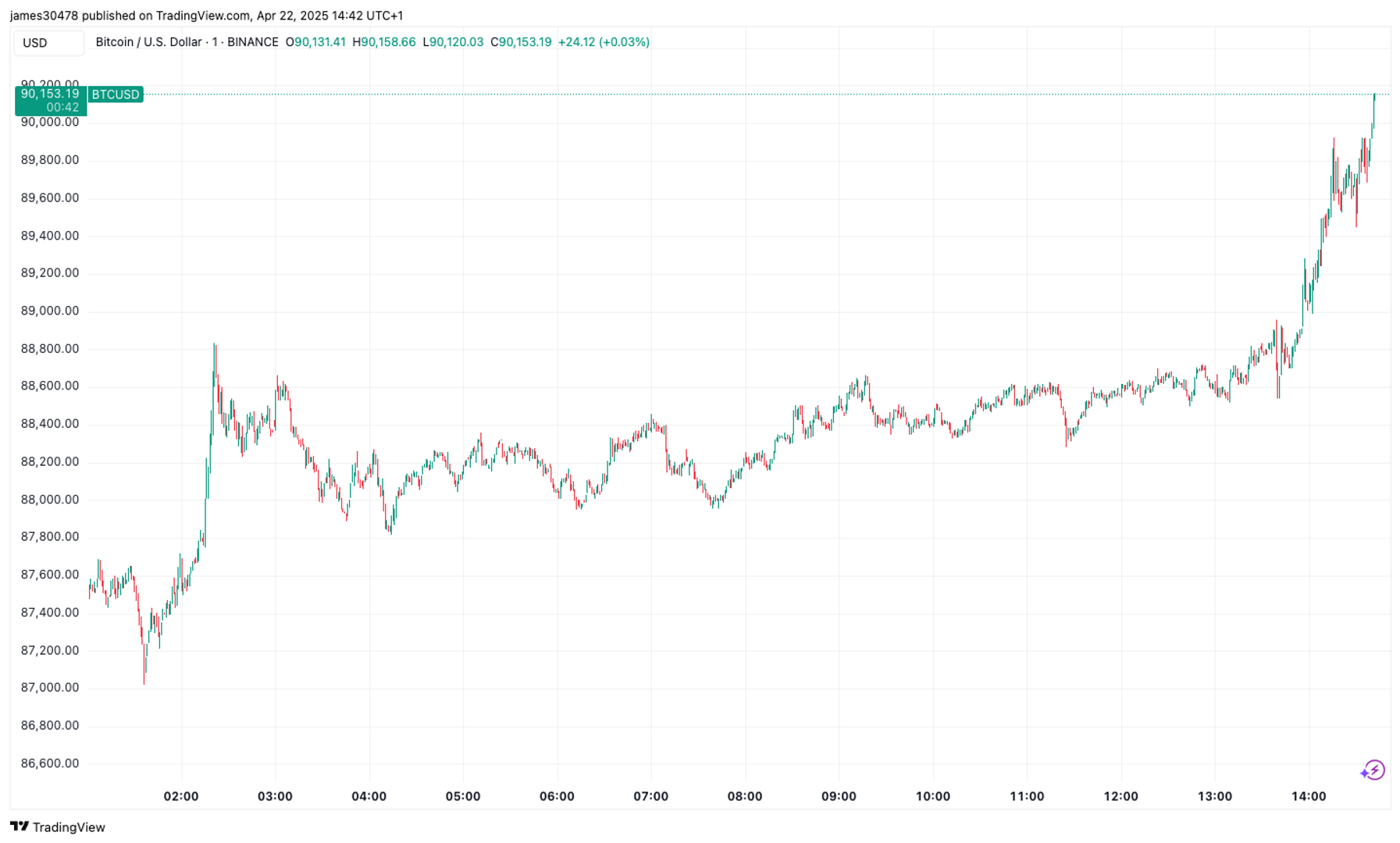Migrating from Rails to Go: Making the Switch with Confidence
Ruby on Rails has long been a go-to framework for building web applications quickly and elegantly. With its strong conventions, batteries-included approach, and productive developer experience, it's no surprise that countless startups and scaleups have built their core systems on Rails. But as products grow and performance demands increase, many teams find themselves bumping into the limitations of dynamic languages and monolithic frameworks. That’s when Go enters the conversation. Let's explore why teams migrate from Rails to Go, and look at the benefits and challenges of doing it. We'll share stories from teams who made the move and never looked back, and discuss how Encore.go (a Rails-like framework for Go) can be used to help smooth the transition to Go. Why Migrate from Rails to Go? There’s no denying Rails is fantastic for prototyping and early-stage development. But as your product and team scale, you may hit some familiar roadblocks that Go can help with: Performance and Scalability: Rails apps can start to strain under high concurrency or CPU-intensive workloads. Go’s concurrency model (goroutines and channels) and compiled performance make it ideal for services that need to scale. Operational Simplicity: Go’s static binaries and minimal dependencies make deployment easier and more predictable — no more wrangling Ruby versions, gem conflicts, or memory-hungry app servers. Larger Engineering Teams: Go’s emphasis on simplicity and readability means codebases tend to be easier to maintain and onboard onto, especially for engineers coming from a variety of backgrounds. Cost Efficiency: Because Go is more memory-efficient and can handle more concurrent requests per instance, companies often see significant cloud infrastructure cost savings after migrating. The Challenge with Adopting Go: Rails Has… Rails If you're coming from Rails, you're used to a world where nearly everything you need is built in. Rails isn't just a framework — it's a full ecosystem with powerful conventions and integrated tools that guide your development process. It helps you move quickly, with minimal configuration, and builds in best practices by default. Go, by contrast, is famously minimal. That minimalism is part of its power — Go gives you simple concurrency, lightning-fast compile times, and small, efficient binaries. But Go also leaves much more up to you and doesn't come with much out of the box. There is no built-in support for routing, background jobs, database migrations, or standard project layout. You get the basics like an HTTP server and a simple testing package, and you're left to decide how to structure everything else. This is by design. Go favors minimalism and flexibility, but the tradeoff is that you have to make a lot of decisions yourself. That can mean spending more time upfront figuring out architecture, evaluating libraries, and setting up conventions, even for common tasks. For many teams, especially those coming from frameworks like Rails, this can create friction. The lack of structure and defaults often surfaces in a few recurring challenges.
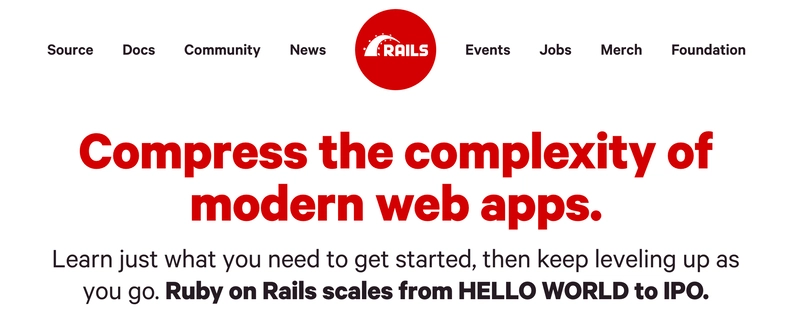
Ruby on Rails has long been a go-to framework for building web applications quickly and elegantly. With its strong conventions, batteries-included approach, and productive developer experience, it's no surprise that countless startups and scaleups have built their core systems on Rails.
But as products grow and performance demands increase, many teams find themselves bumping into the limitations of dynamic languages and monolithic frameworks. That’s when Go enters the conversation.
Let's explore why teams migrate from Rails to Go, and look at the benefits and challenges of doing it. We'll share stories from teams who made the move and never looked back, and discuss how Encore.go (a Rails-like framework for Go) can be used to help smooth the transition to Go.
Why Migrate from Rails to Go?
There’s no denying Rails is fantastic for prototyping and early-stage development. But as your product and team scale, you may hit some familiar roadblocks that Go can help with:
- Performance and Scalability: Rails apps can start to strain under high concurrency or CPU-intensive workloads. Go’s concurrency model (goroutines and channels) and compiled performance make it ideal for services that need to scale.
- Operational Simplicity: Go’s static binaries and minimal dependencies make deployment easier and more predictable — no more wrangling Ruby versions, gem conflicts, or memory-hungry app servers.
- Larger Engineering Teams: Go’s emphasis on simplicity and readability means codebases tend to be easier to maintain and onboard onto, especially for engineers coming from a variety of backgrounds.
- Cost Efficiency: Because Go is more memory-efficient and can handle more concurrent requests per instance, companies often see significant cloud infrastructure cost savings after migrating.
The Challenge with Adopting Go: Rails Has… Rails
If you're coming from Rails, you're used to a world where nearly everything you need is built in. Rails isn't just a framework — it's a full ecosystem with powerful conventions and integrated tools that guide your development process. It helps you move quickly, with minimal configuration, and builds in best practices by default.
Go, by contrast, is famously minimal.
That minimalism is part of its power — Go gives you simple concurrency, lightning-fast compile times, and small, efficient binaries. But Go also leaves much more up to you and doesn't come with much out of the box. There is no built-in support for routing, background jobs, database migrations, or standard project layout. You get the basics like an HTTP server and a simple testing package, and you're left to decide how to structure everything else.
This is by design. Go favors minimalism and flexibility, but the tradeoff is that you have to make a lot of decisions yourself. That can mean spending more time upfront figuring out architecture, evaluating libraries, and setting up conventions, even for common tasks.
For many teams, especially those coming from frameworks like Rails, this can create friction. The lack of structure and defaults often surfaces in a few recurring challenges.










































































































































































![[The AI Show Episode 144]: ChatGPT’s New Memory, Shopify CEO’s Leaked “AI First” Memo, Google Cloud Next Releases, o3 and o4-mini Coming Soon & Llama 4’s Rocky Launch](https://www.marketingaiinstitute.com/hubfs/ep%20144%20cover.png)

















































































































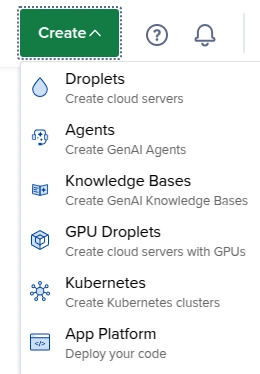

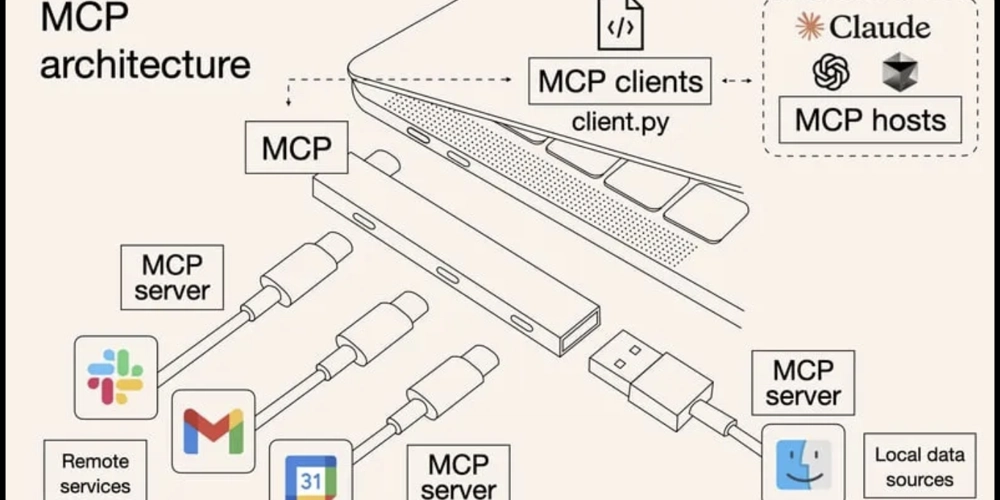
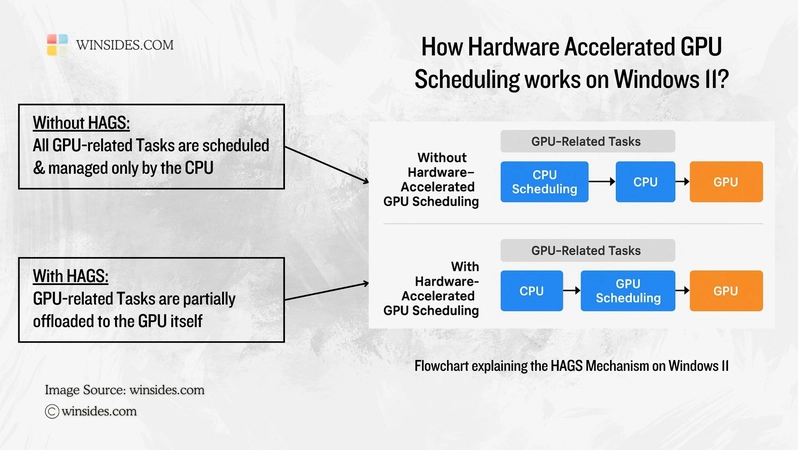














![From fast food worker to cybersecurity engineer with Tae'lur Alexis [Podcast #169]](https://cdn.hashnode.com/res/hashnode/image/upload/v1745242807605/8a6cf71c-144f-4c91-9532-62d7c92c0f65.png?#)























![BPMN-procesmodellering [closed]](https://i.sstatic.net/l7l8q49F.png)
























-Jack-Black---Steve's-Lava-Chicken-(Official-Music-Video)-A-Minecraft-Movie-Soundtrack-WaterTower-00-00-32_lMoQ1fI.png?width=1920&height=1920&fit=bounds&quality=70&format=jpg&auto=webp#)














































































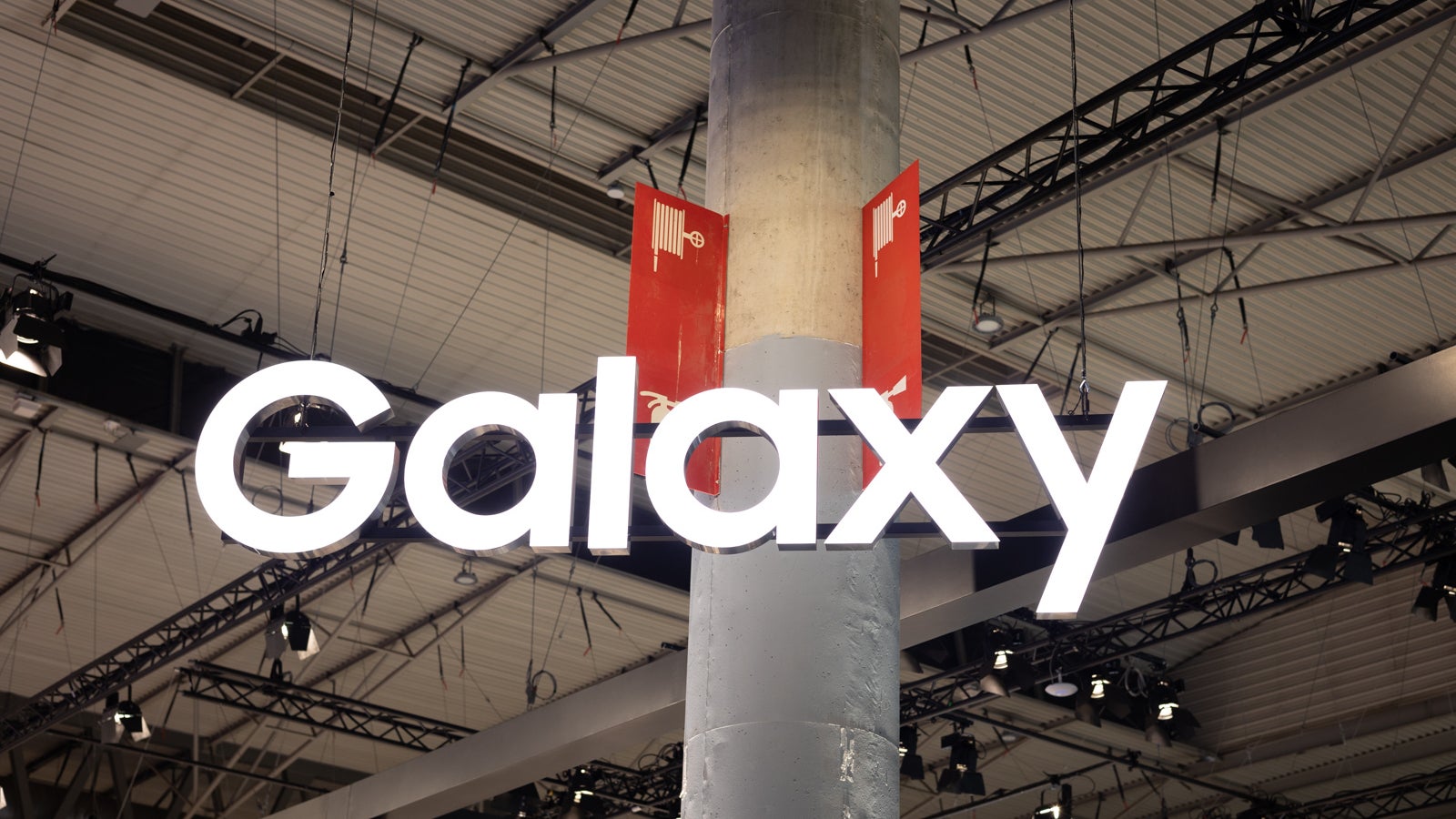











_Brain_light_Alamy.jpg?width=1280&auto=webp&quality=80&disable=upscale#)


















































































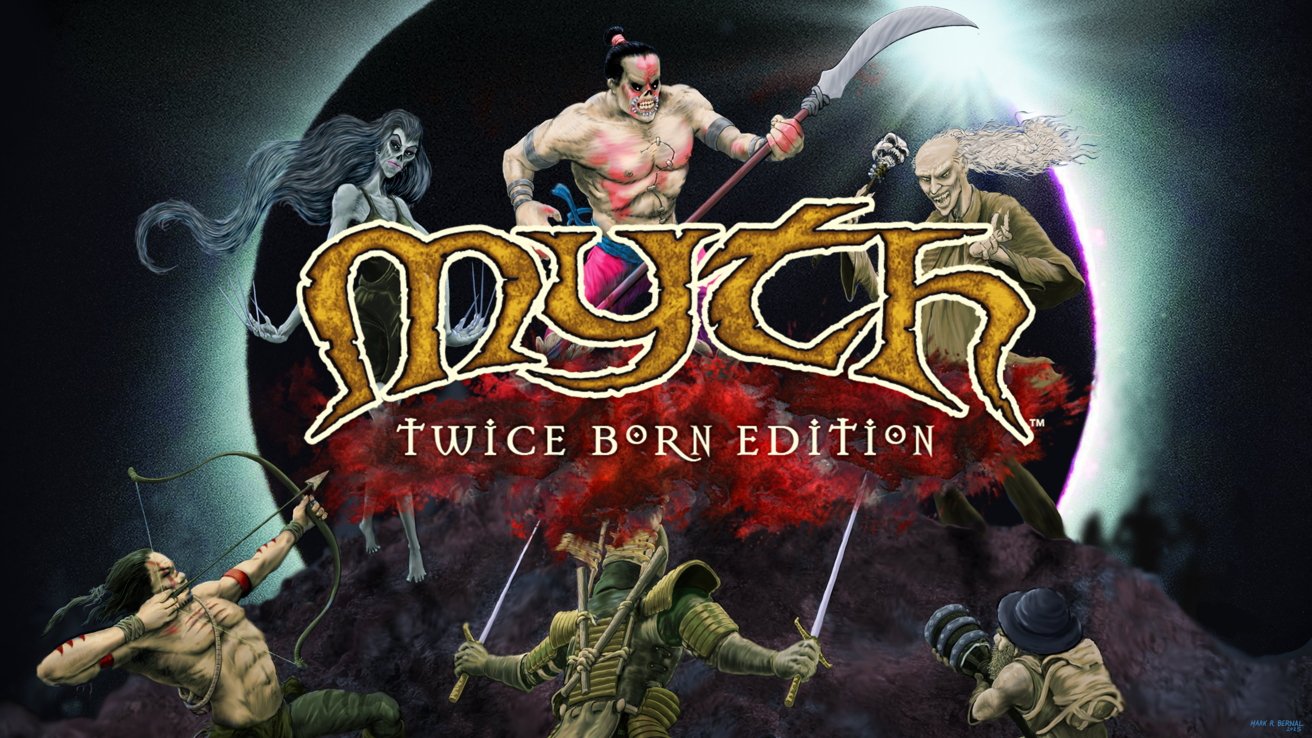






























![Mac Shipments Up 17% in Q1 2025 Fueled by New M4 MacBook Air [Chart]](https://www.iclarified.com/images/news/97086/97086/97086-640.jpg)
![Next Generation iPhone 17e Nears Trial Production [Rumor]](https://www.iclarified.com/images/news/97083/97083/97083-640.jpg)
![Apple Releases iOS 18.5 Beta 3 and iPadOS 18.5 Beta 3 [Download]](https://www.iclarified.com/images/news/97076/97076/97076-640.jpg)
![Apple Seeds visionOS 2.5 Beta 3 to Developers [Download]](https://www.iclarified.com/images/news/97077/97077/97077-640.jpg)





































